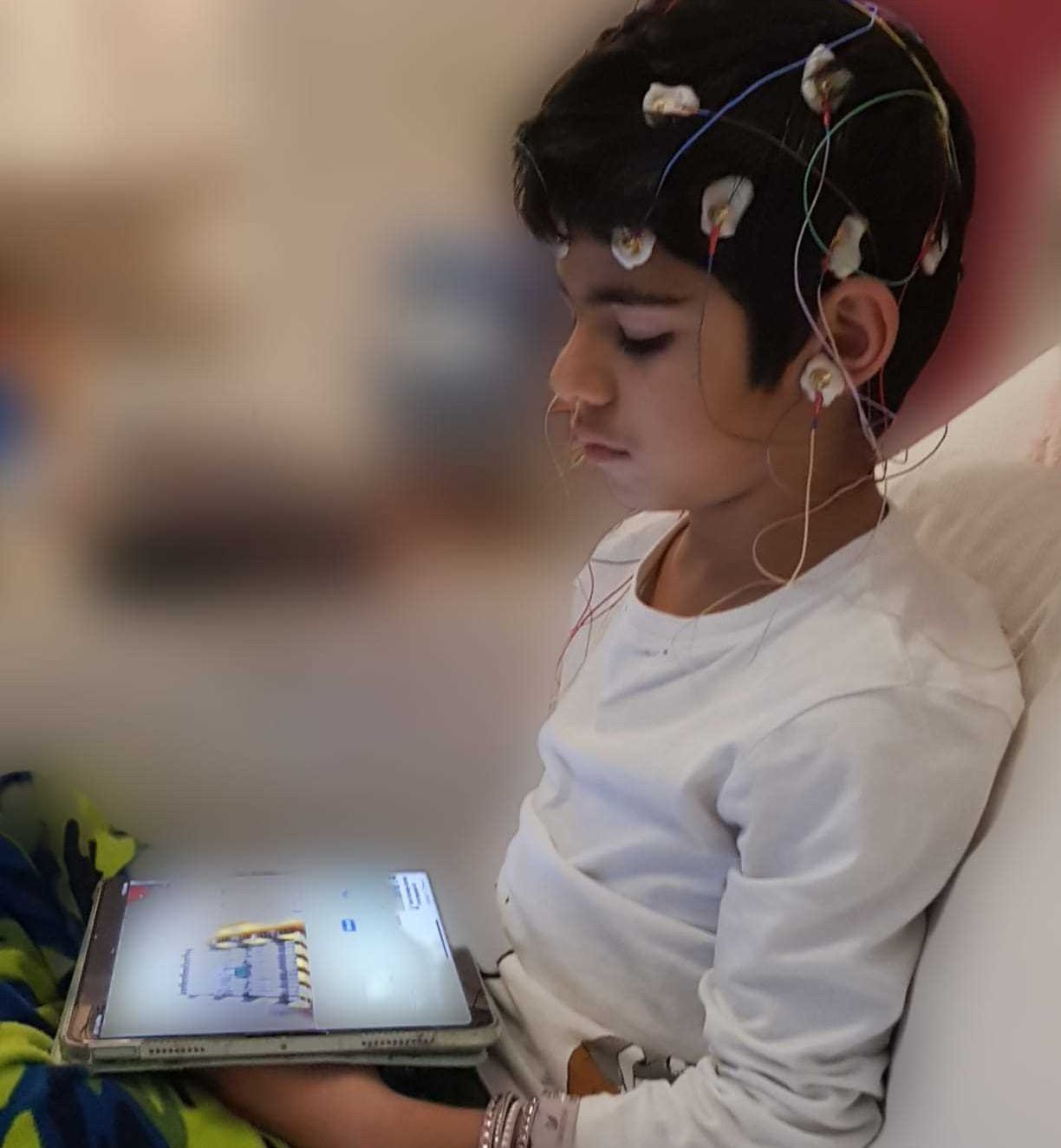Brain Plasticity and Neurofeedback
Brain plasticity, also known as neuroplasticity, is the brain’s incredible ability to change and reorganize itself throughout life. This flexibility allows the brain to form new connections, strengthen existing pathways, and even generate new ones in response to learning, experiences, or environmental changes. Every time we learn something new, form a memory, or encounter a novel experience, our brain reshapes itself, adapting to better handle future tasks. This adaptive process is at the core of human growth, learning, and recovery.
Neurofeedback taps into the brain's plasticity by using real-time brainwave monitoring to teach individuals how to regulate their own brain activity. Think of it as a form of training: through a series of non-invasive exercises, the brain is guided to adopt healthier patterns of activity, leading to improved cognitive function, emotional regulation, and overall mental well-being.
During neurofeedback sessions, sensors are placed on the scalp to measure electrical activity in the brain, which is then displayed to the individual in a way that’s easy to understand—often through visual or auditory feedback. By training the brain to recognize and modify its own activity, neurofeedback helps it learn to operate more efficiently, reduce unwanted patterns (such as anxiety or stress), and strengthen areas that may be underperforming. This results in enhanced overall cognitive performance.
By harnessing the power of neuroplasticity, neurofeedback offers a pathway for creating lasting change in the brain, empowering individuals to optimize their brain.
Services

QEEG Mapping (Brain Mapping)

Neurofeedback
Neurofeedback is a non-invasive, operant conditioning technique that provides real-time feedback to your brain, helping it to regulate and optimize its brainwave patterns.
Your brain communicates through small electrical signals, creating brainwaves that influence your thoughts, emotions, and actions. Neurofeedback works by monitoring these brainwaves and offering immediate feedback, typically through visual or auditory cues (such as watching a video or listening to sounds). This process encourages the brain to adjust its activity and move toward more balanced and efficient brainwave patterns.
Neurofeedback has been used by many individuals to support various personal goals, from improving focus and relaxation to enhancing overall performance. By training the brain to function in a more balanced way, neurofeedback can help you achieve a greater sense of well-being and cognitive efficiency.
What to expect during Mapping session?
During a brain mapping session, small sensors are placed on specific locations of your scalp using a gentle, non-toxic paste. These sensors are designed to detect the electrical activity of your brain, which is recorded through an EEG (electroencephalogram). The process is non-invasive and comfortable. As you relax and remain still, the sensors pick up your brain's natural electrical signals, which are then analyzed by specialized software. This software creates a detailed map of your brain’s activity, highlighting different brainwave patterns such as alpha, beta, theta, and delta waves. These brain maps provide valuable insights into the strengths and imbalances of your brainwave activity across various regions of the brain. The data collected during this process helps to customize neurofeedback training protocols that are tailored to your unique brain activity, ensuring that the training is both effective and specific to your needs.

